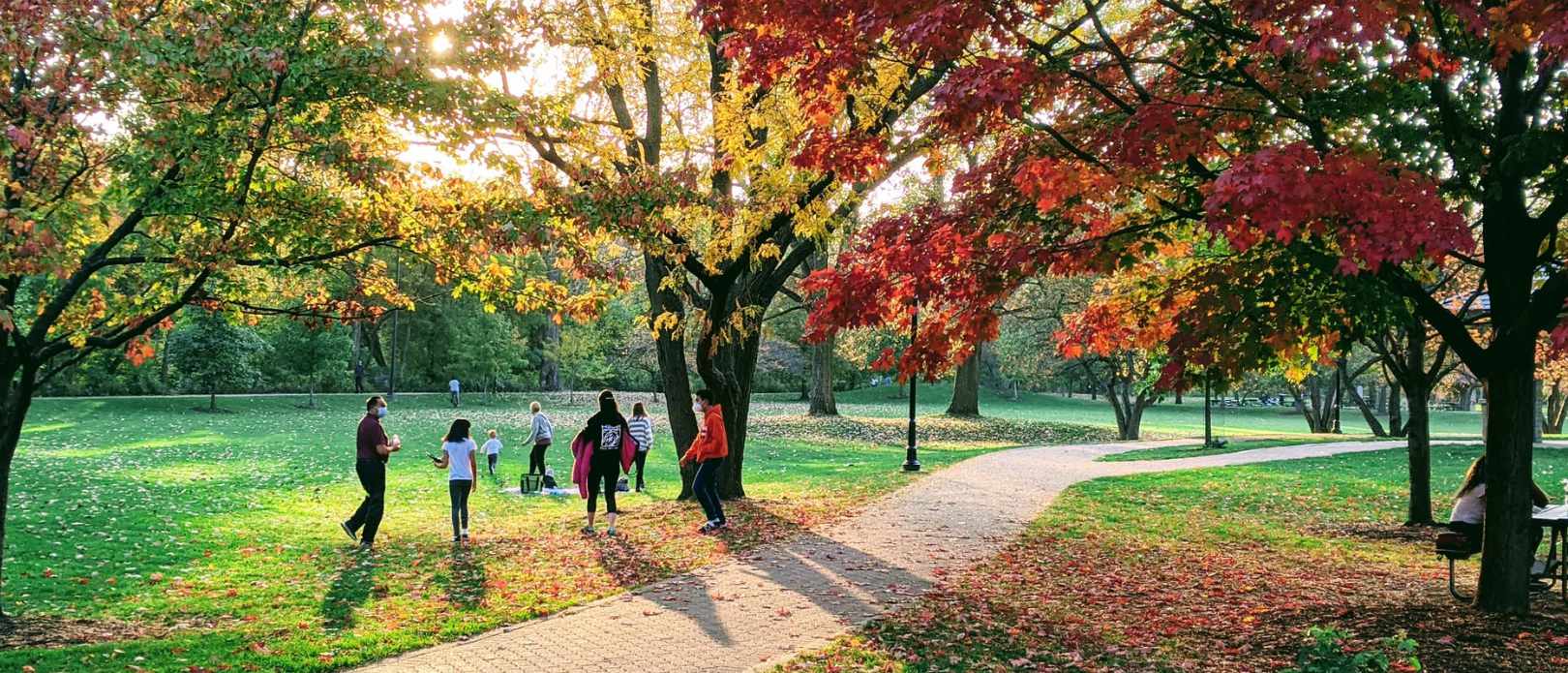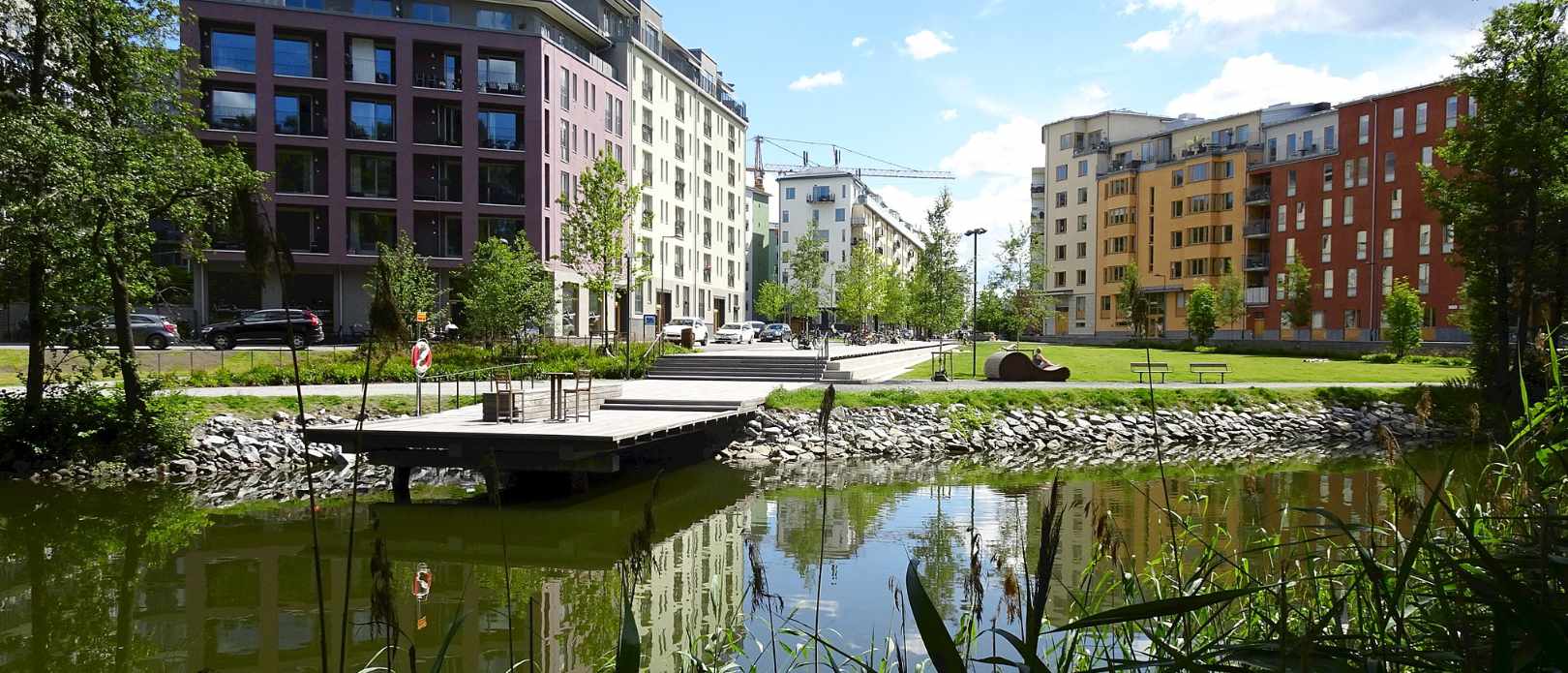Designing sustainable cities
New software helps design sustainable cities

A new software called Urban InVest creates maps to show city planners and developers where investments in nature — like creating new parks or conserving marshlands — can maximize benefits to people. Photo: onlyyouqj / iStock
Natural Capital Project have developed a software that shows city planners where to invest in nature to improve people’s lives. It will also save billions of dollars
- By 2050, over 70 percent of the world’s people is ecpected to live in cities
- The Urban InVest software creates maps to visualize the links between nature and human wellbeing
- It has helped inform an assessment of how nature might help store carbon and lower temperatures in 775 European cities
The free, open-source software developed by the Natural Capital Project creates maps to visualize the links between nature and human wellbeing.
Stockholm Resilience Centre is a core partner to the Natural Capital Project.
City planners and developers can use the software to visualize where investments in nature, such as parks and marshlands, can maximize benefits to people, like protection from flooding and improved health.
A paper about the software was recently published in Urban Sustainability.
Answering three crucial questions
By 2050, over 70 percent of the world’s people is ecpected to live in cities.
Developers and city planners are thus increasingly interested in green infrastructure, such as tree-lined paths and community gardens, that provide a stream of benefits to people.
But if planners don’t have detailed information about where a path might encourage the most people to exercise or how a community garden might buffer a neighborhood from flood risk while helping people recharge mentally, they can’t strategically invest in nature.
The software, called Urban InVEST, is the first of its kind for cities and allows for the combination of environmental data, like temperature patterns, with social demographics and economic data, like income levels.
Users can input their city’s datasets into the software or access a diversity of open global data sources, from NASA satellites to local weather stations.
We’re answering three crucial questions with this software: where in a city is nature providing what benefits to people, how much of each benefit is it providing and who is receiving those benefits?
Perrine Hamel, lead author and assistant professor at Nanyang Technological University’s Asian School of Environment.
Tested across the world
To test Urban InVEST, the team applied the software in multiple cities around the world: Paris, France; Lausanne, Switzerland; Shenzhen and Guangzhou, China; and several U.S. cities, including San Francisco and Minneapolis.
- In Shenzhen, China, the researchers found that the city’s nature would help avoid $25 billion in damages by soaking up rain and diverting floodwaters. They also showed that natural infrastructure – like trees and parks – was reducing the daily air temperature in Shenzhen by 3 degrees Celsius during hot summer days, providing a dollar value of $71,000 per day in benefits to the city.
- In Paris, the researchers looked at neighborhoods without access to natural areas and overlaid income and economic data to understand who was receiving benefits from nature. The software helped determine where investments in more greenspace – like parks and bike paths – could be most effective at boosting health and wellbeing in an equitable way.
- In the Minneapolis-St. Paul, Minnesota region, Urban InVEST showed how, compared to golf courses, new parks could increase urban cooling, keep river waters clean, support bee pollinators and sustain dwindling pockets of biodiversity. New residential development, on the other hand, would increase temperatures, pollute freshwater and decrease habitat for bees and other biodiversity.
Healthy city ecosystems
Urban InVEST is already seeing use outside of a research setting – it recently helped inform an assessment of how nature might help store carbon and lower temperatures in 775 European cities.
Centre researcher Jan Kuiper, a co-author on the paper published in Urban Sustainability, adds:
“Every city can benefit from natural infrastructure if planned well. Urban InVEST is directly relevant for SDG targets and enables city-planners around the world to integrate ecosystems and biodiversity values into planning.”
Hamel, P., Guerry, A.D., Polasky, S. et al. 2021. Mapping the benefits of nature in cities with the InVEST software. npj Urban Sustain 1, 25, https://doi.org/10.1038/s42949-021-00027-9
Questions?
Perrine Hamel, Nanyang Technological University, perrine.hamel@ntu.edu.sg, +65 8222 1194
Anne Guerry, Stanford Natural Capital Project, anne.guerry@stanford.edu
Sarah Cafasso, Stanford Natural Capital Project, (978) 944-1946, scafasso@stanford.edu








